
10 Reasons Why Urban Designers Are Worthless?
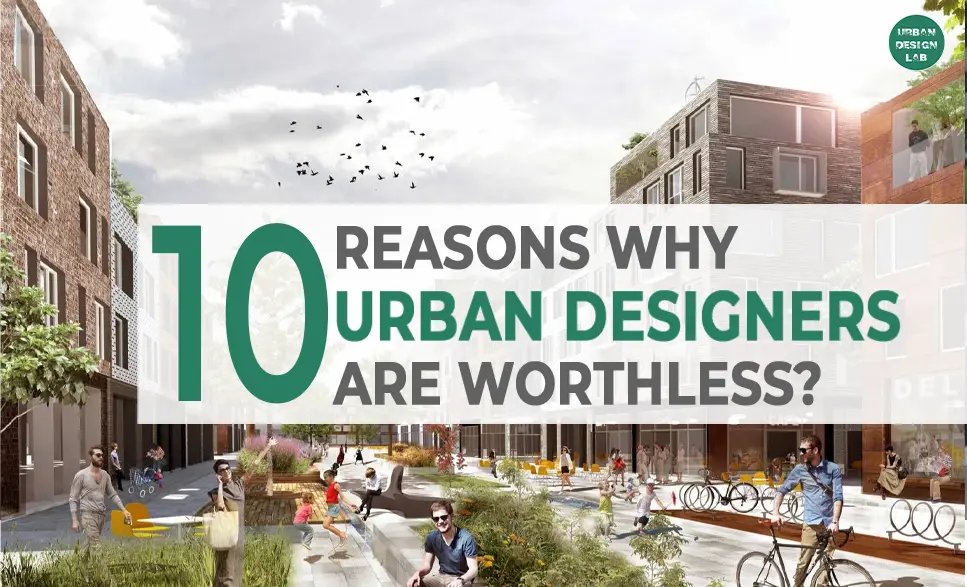
Are urban designers really “worthless,” or are they the unsung heroes transforming our cities behind the scenes? As our world rapidly urbanizes, urban design becomes crucial in addressing complex challenges: climate change, population growth, and the pressing need for sustainable, livable spaces. Urban designers are at the heart of these changes, yet their work often goes unnoticed. This article explores ten misconceptions about urban design professionals and unveils the profound impact they have on our lives.
1. "Urban Designers Only Beautify Spaces"
The Essential Role of Functionality in Design
Urban design combines aesthetics with functionality, enhancing safety, accessibility, and ease of navigation. A simple example: well-designed street layouts reduce traffic congestion by up to 25%, making cities more walkable and improving quality of life for residents and visitors alike. Moreover, integrating mixed-use zones and pedestrian-friendly paths can increase foot traffic by over 40%, directly benefiting local businesses. Such thoughtful designs also encourage public transport use, helping cut urban carbon emissions and lowering air pollution, which is crucial in densely populated city centers

2. "They Don’t Tackle Real Issues Like Climate Change"
Green Roofs: An Urban Shield Against Extreme Temperatures
Green roofs are a prime example of urban design tackling climate change. In cities with substantial green roof coverage, temperatures can be reduced by up to 2.7°C, mitigating urban heat islands and lowering the need for air conditioning by about 8% on average. These roofs absorb rainfall, preventing stormwater runoff and reducing urban flooding risks. Additionally, they improve air quality by filtering pollutants and can decrease nearby particulate matter, directly benefiting respiratory health and reducing heat stress during extreme weathe

3. "Cities Are Too Large for Urban Designers to Impact"
How Small Changes Drive Big Results
By adding green spaces and pedestrian-friendly zones, urban designers make cities healthier and more vibrant. Studies show pedestrianization can boost local business by 30% and significantly reduce vehicle emissions, improving air quality and cutting the city’s carbon footprint
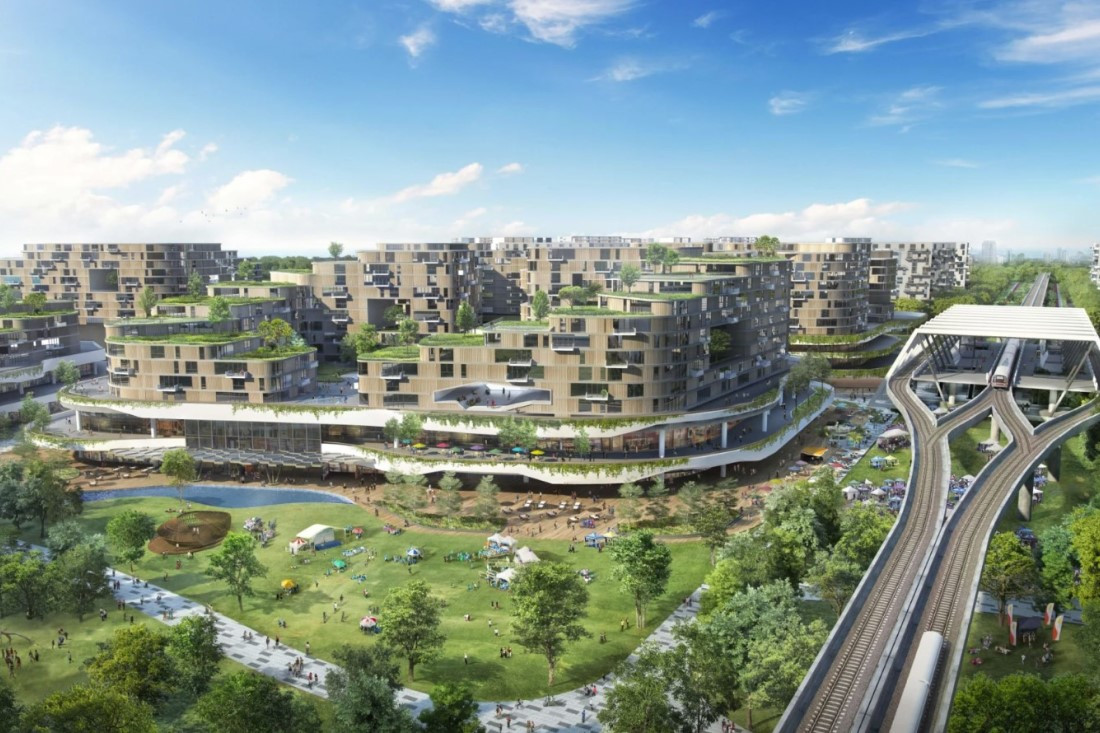
4. "Smart Cities Are All About Tech, Not Design"
Integrating Technology with People-Centered Design
Smart cities need the human-centered insight that urban designers provide. By focusing on user-friendly designs, urban spaces equipped with smart lighting and sensor technology become safer and more efficient, enhancing the daily experiences of residents without sacrificing accessibility. For instance, responsive street lighting not only saves energy by dimming during low-traffic hours but also adapts to real-time pedestrian flow, improving safety and walkability. Well-planned smart city designs can also help reduce travel times by up to 20% through real-time traffic management systems, showing that technology and design must work hand-in-hand to create truly livable urban environments.

5. "Green Spaces Are Nice, But Not Essential"
The Mental Health Benefits of Nature in Urban Areas
Green spaces reduce urban stress and improve mental health; access to green spaces has been linked to a 20% reduction in depression rates. Urban designers prioritize parks, urban forests, and green roofs, knowing these areas are vital to city dwellers’ well-being and help absorb harmful pollutants

6. "Cultural Heritage Has No Place in Modern Urban Design"
Honoring the Past While Embracing the Future
Preserving historical landmarks within modern designs fosters a strong sense of place and identity, enhancing community connection. Toronto’s historic district, for example, merges heritage with contemporary sustainable practices, showing that cultural roots can coexist with modern functionality. Incorporating elements like adaptive reuse—where old buildings are repurposed rather than demolished—can reduce construction waste by up to 50%, supporting eco-friendly urban growth. UNSW’s analysis of heritage-conscious projects highlights that maintaining cultural sites enriches city life, attracting tourism, supporting local businesses, and connecting residents to their city’s unique past while embracing forward-looking sustainability.
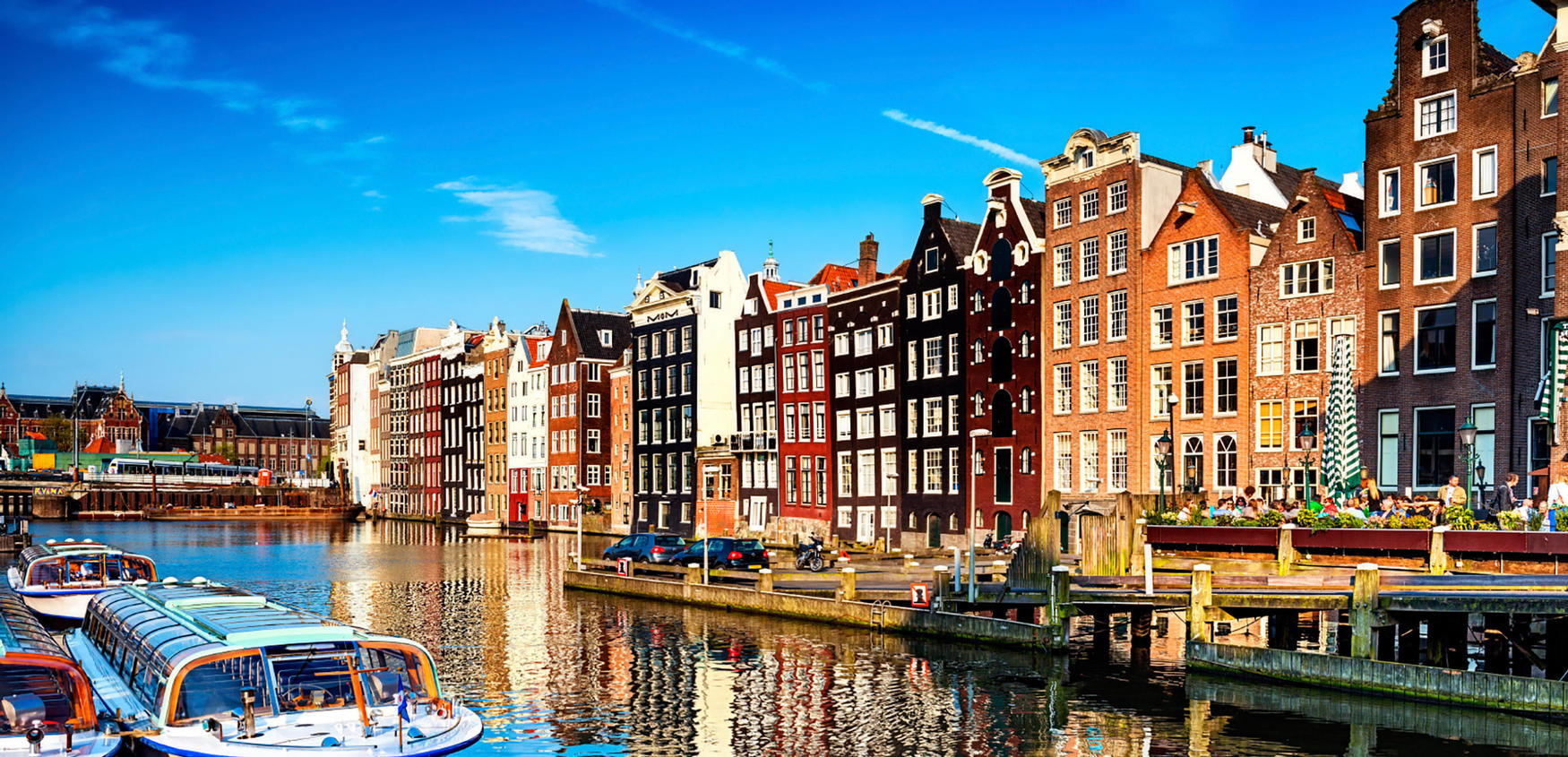
7. "Public Engagement Slows Down the Design Process"
Building Community Through Inclusive Planning
Engaging local communities improves project outcomes and fosters a sense of ownership, turning urban spaces into places people genuinely care about and protect. This process not only reduces delays caused by resistance but also increases the likelihood of long-term project success, as residents feel represented and involved in decisions affecting their environment. Data shows that community-involved projects experience 30% fewer objections post-completion compared to non-inclusive ones, reducing costly adjustments and enhancing social cohesion
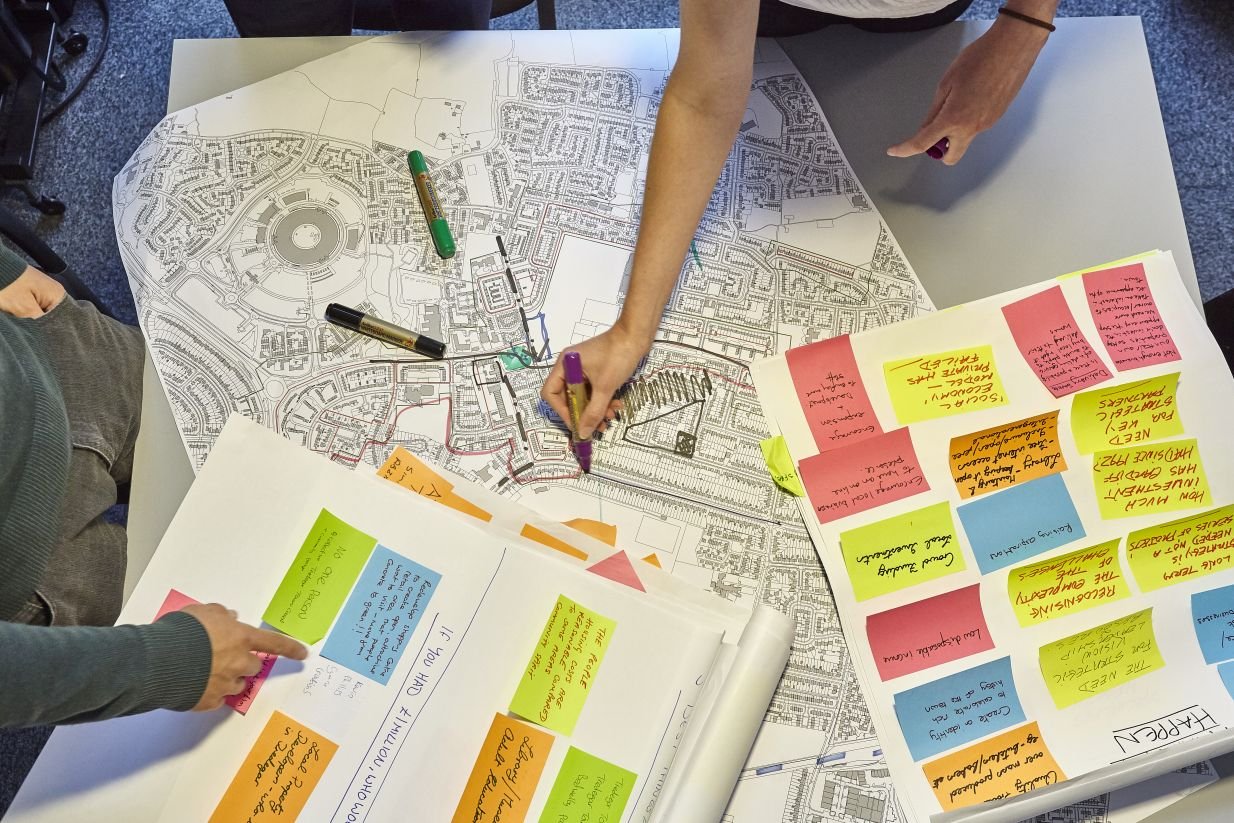
8. "Urban Design is Expensive and Impractical"
Cost Savings Through Energy-Efficient Designs
Although urban design can be costly upfront, it generates long-term savings that benefit both building owners and the city at large. Green roofs, for instance, reduce energy costs by up to 20% for upper floors due to their insulating properties, significantly lowering heating and cooling expenses. In Toronto, citywide green roofing is estimated to save around $22 million in cooling costs annually by reducing energy consumption and alleviating urban heat islands. Additionally, well-planned urban spaces boost property values, with some studies showing increases of up to 15% in areas with accessible green spaces and efficient public transportation options, proving that urban design investments yield lasting economic and environmental returns.

9. "Urban Designers Just Follow Trends"
Innovative Solutions to Modern Challenges
Urban designers are often the drivers of forward-thinking solutions to pressing challenges, rather than simply following trends. From establishing car-free zones to building flood-resilient infrastructure, they implement approaches that anticipate urban needs and proactively address environmental issues. For example, cities that have introduced car-free zones have reported up to a 30% decrease in local pollution levels and increased pedestrian engagement, creating safer, healthier urban environments. In flood-prone regions, designers utilize permeable pavements and green corridors to naturally manage water flow, reducing flood risks and enhancing stormwater management by up to 50% during heavy rainfalls. These strategies reshape urban living, demonstrating that urban designers are leaders in creating sustainable, adaptable cities.
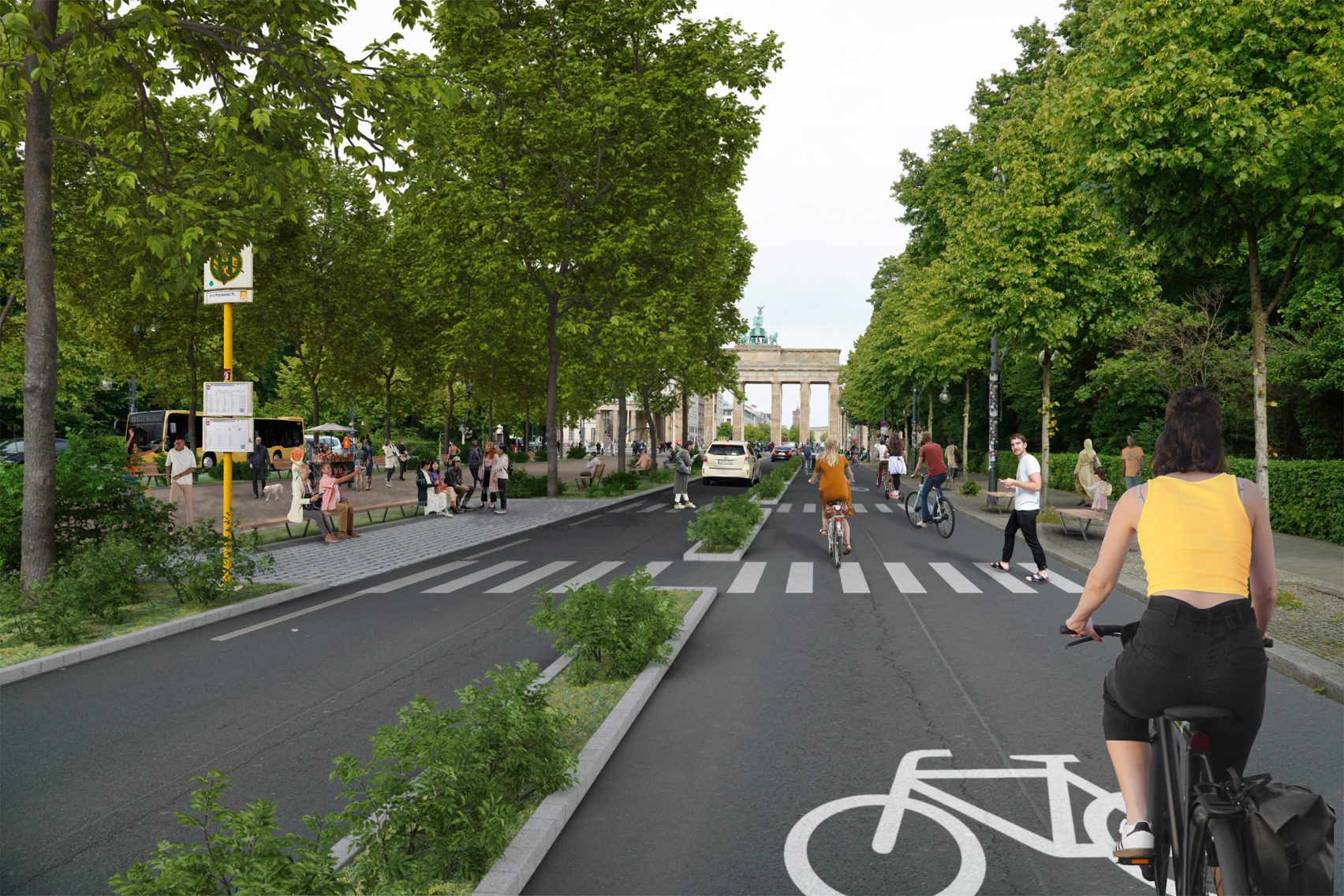
10. "Urban Designers Don’t Impact Daily Life"
Everyday Benefits from Walkable Streets to Green Roofs
Urban designers create the spaces where life happens: streets, parks, and plazas. Through well-planned pedestrian paths and public transport links, they enhance convenience and encourage sustainable, healthy lifestyles. Studies reveal that walkable neighborhoods contribute to a 30% reduction in vehicle usage, improving air quality and promoting physical activity among residents. Additionally, green roofs and open public spaces provide accessible urban nature, which has been linked to a 20% improvement in mental health by reducing stress and enhancing mood for city dwellers. These thoughtful designs not only shape daily life but also foster a strong sense of community and well-being, proving that urban designers have a profound impact on the everyday lives of city residents.
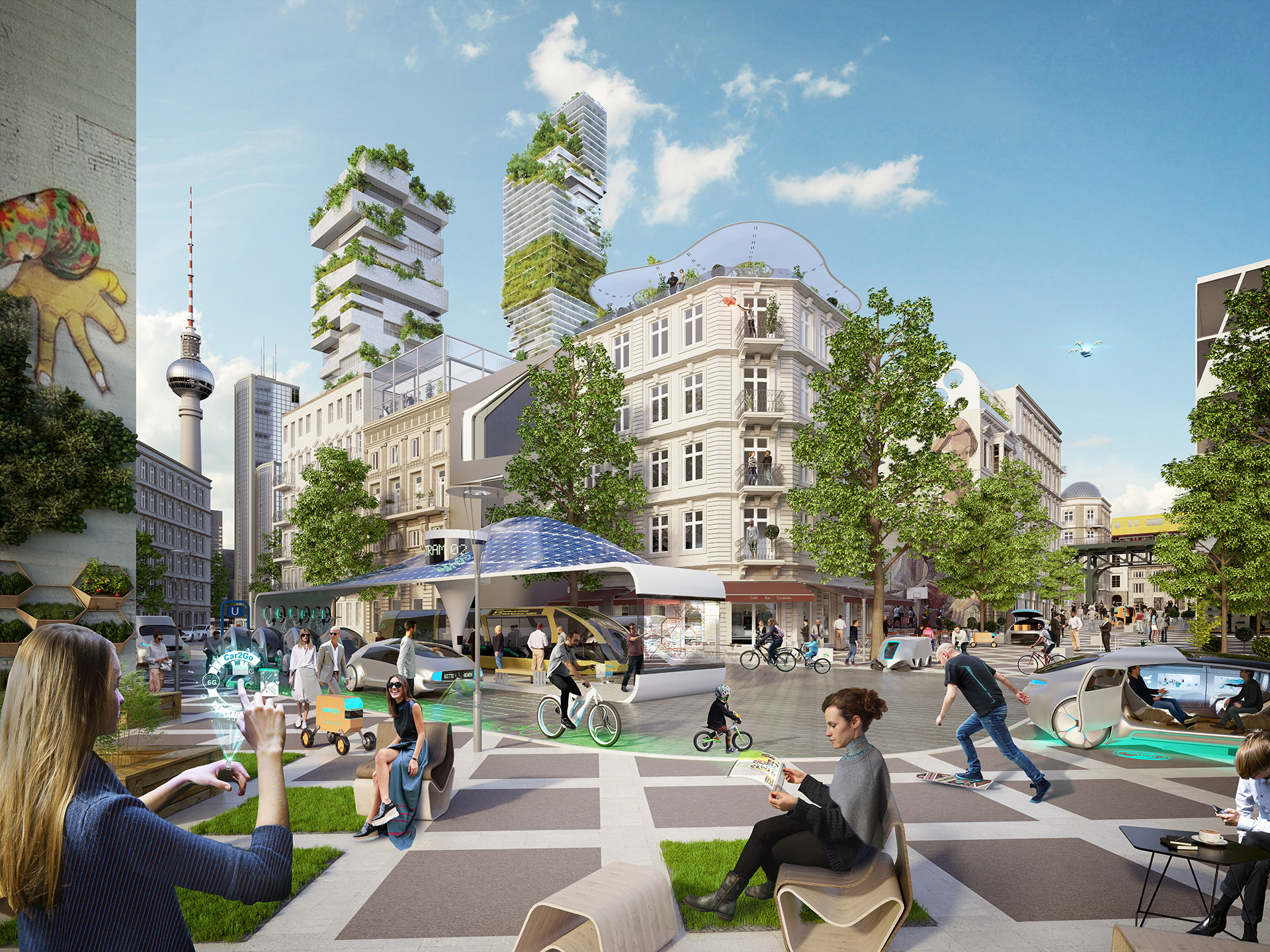
Call-to-Action: What Do You Think?
Are urban designers worthless? Or are they indispensable in shaping our future? Share your thoughts in the comments below, follow for more insights on urban transformations, and explore our related articles on sustainable architecture and smart city innovations.
Related articles


Architecture Professional Degree Delisting: Explained

Periodic Table for Urban Design and Planning Elements


History of Urban Planning in India

Best Landscape Architecture Firms in Canada
UDL Illustrator
Masterclass
Visualising Urban and Architecture Diagrams
Session Dates
17th-18th January 2026

Urban Design Lab
Be the part of our Network
Stay updated on workshops, design tools, and calls for collaboration
Curating the best graduate thesis project globally!

Free E-Book
From thesis to Portfolio
A Guide to Convert Academic Work into a Professional Portfolio”
Recent Posts
- Article Posted:
- Article Posted:
- Article Posted:
- Article Posted:
- Article Posted:
- Article Posted:
- Article Posted:
- Article Posted:
- Article Posted:
- Article Posted:
- Article Posted:
- Article Posted:
- Article Posted:
- Article Posted:
Sign up for our Newsletter
“Let’s explore the new avenues of Urban environment together “

























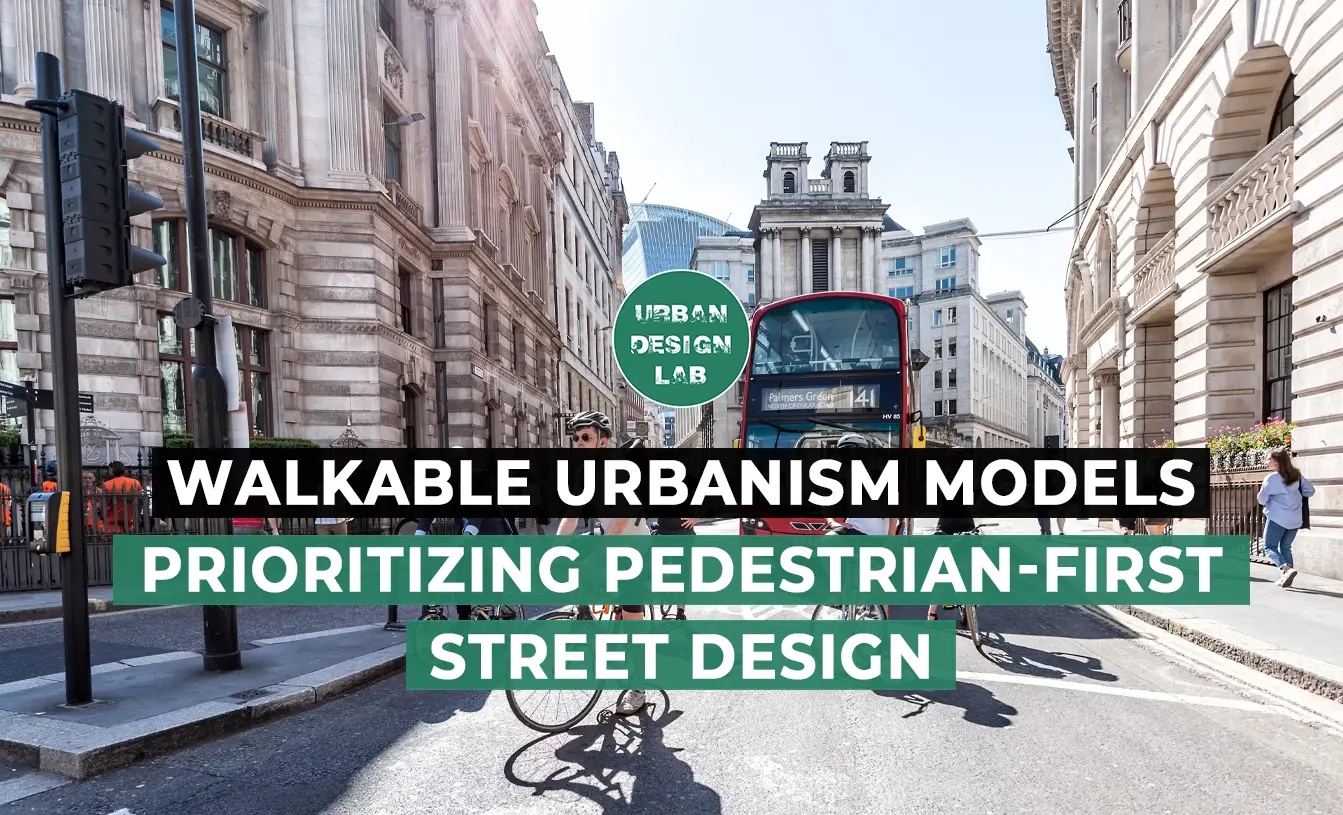

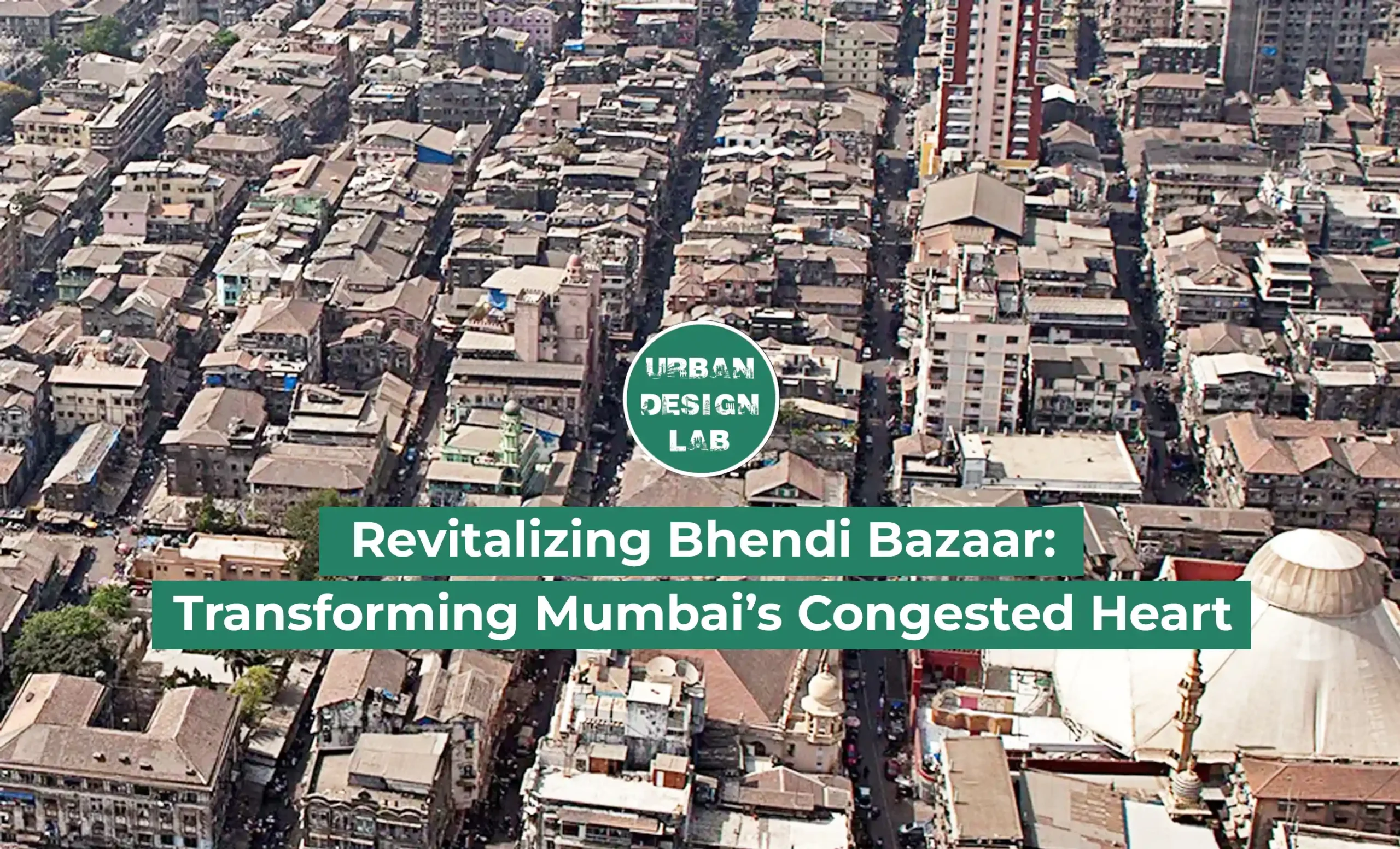
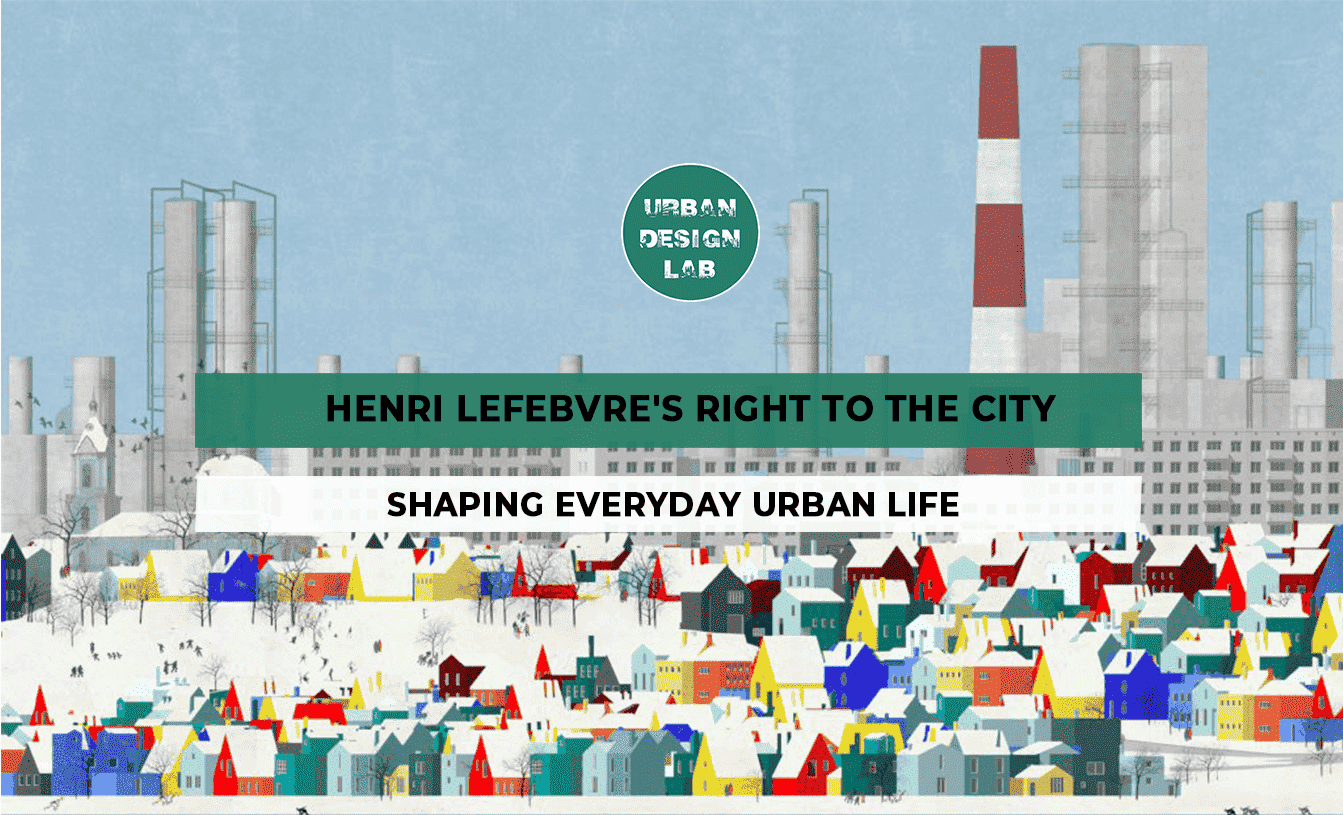
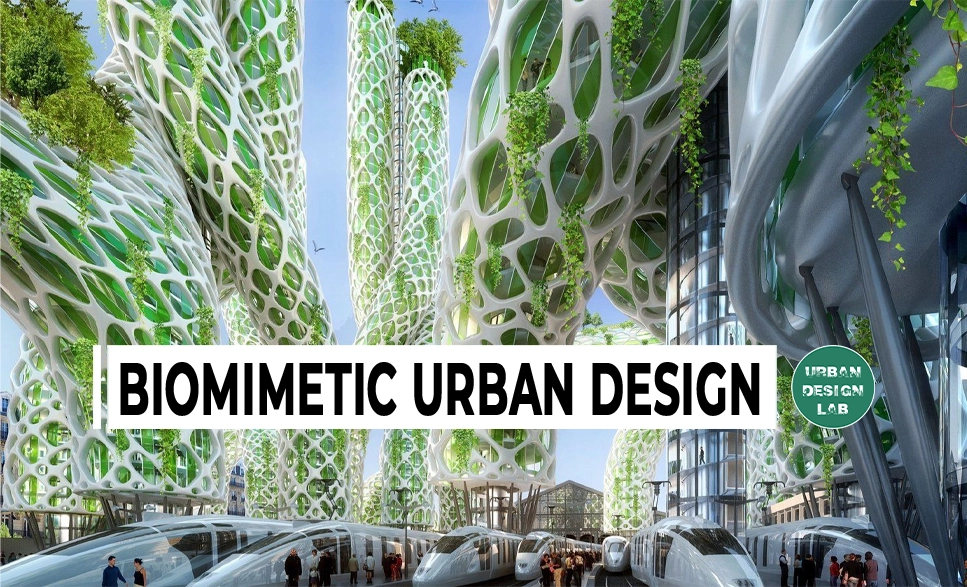

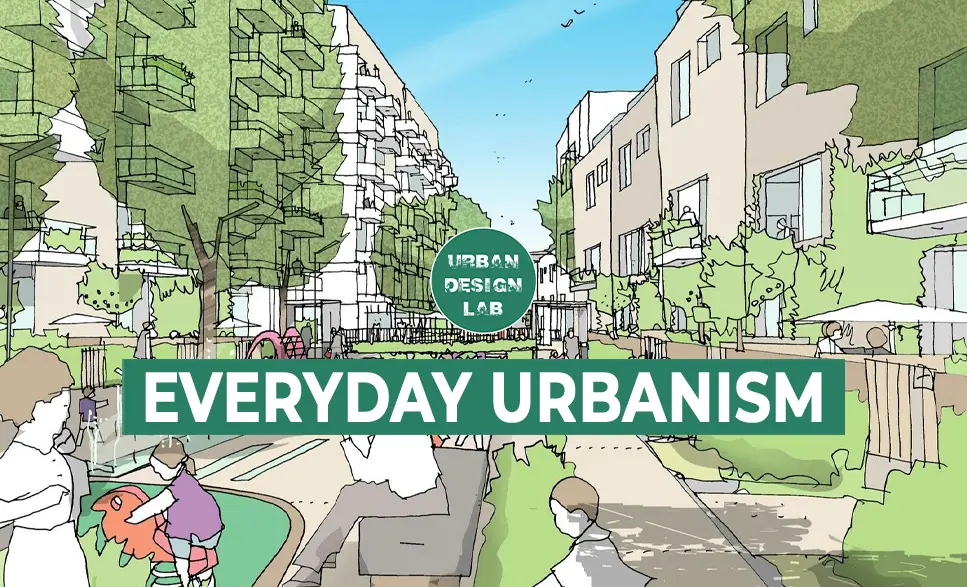
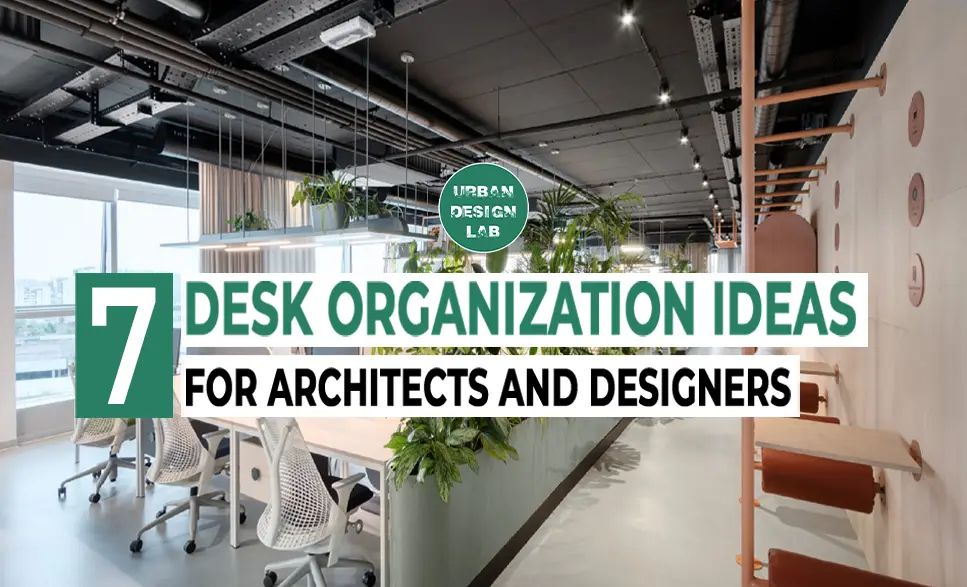
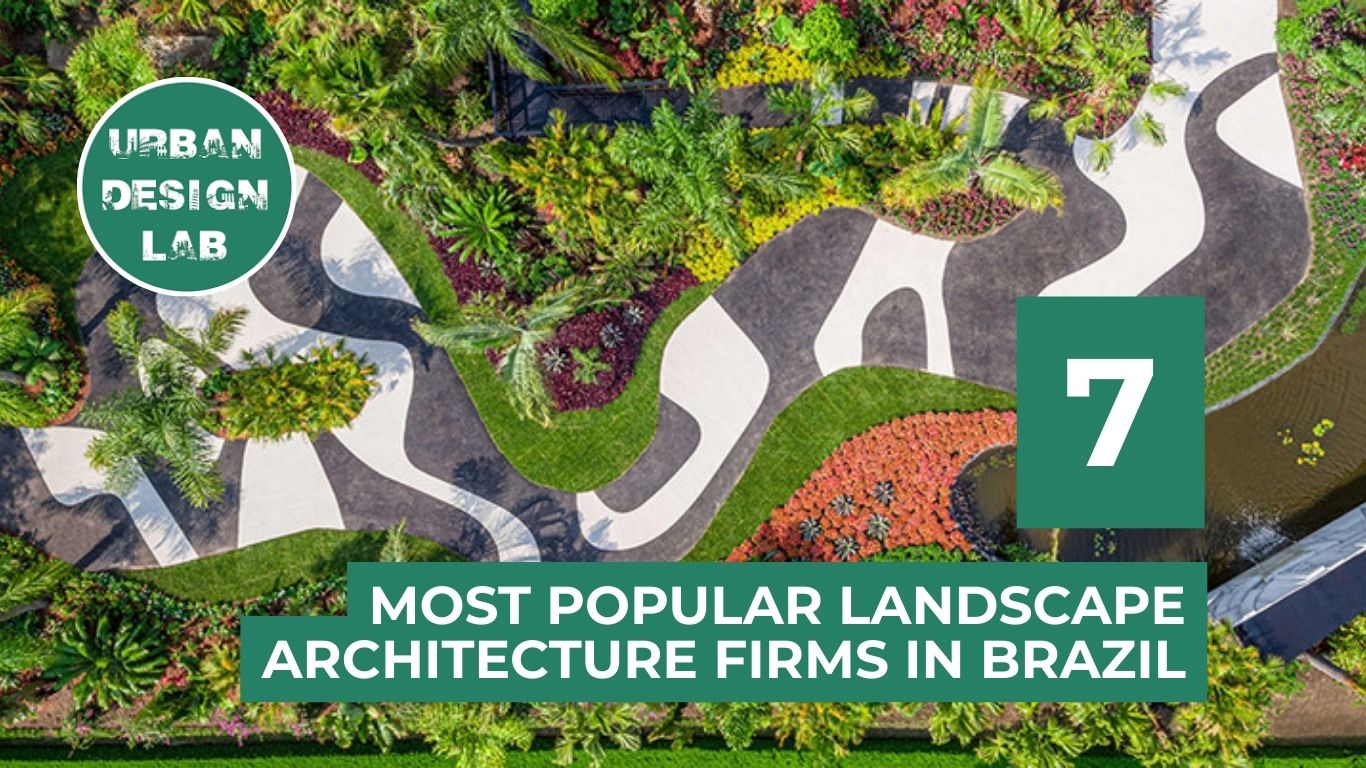
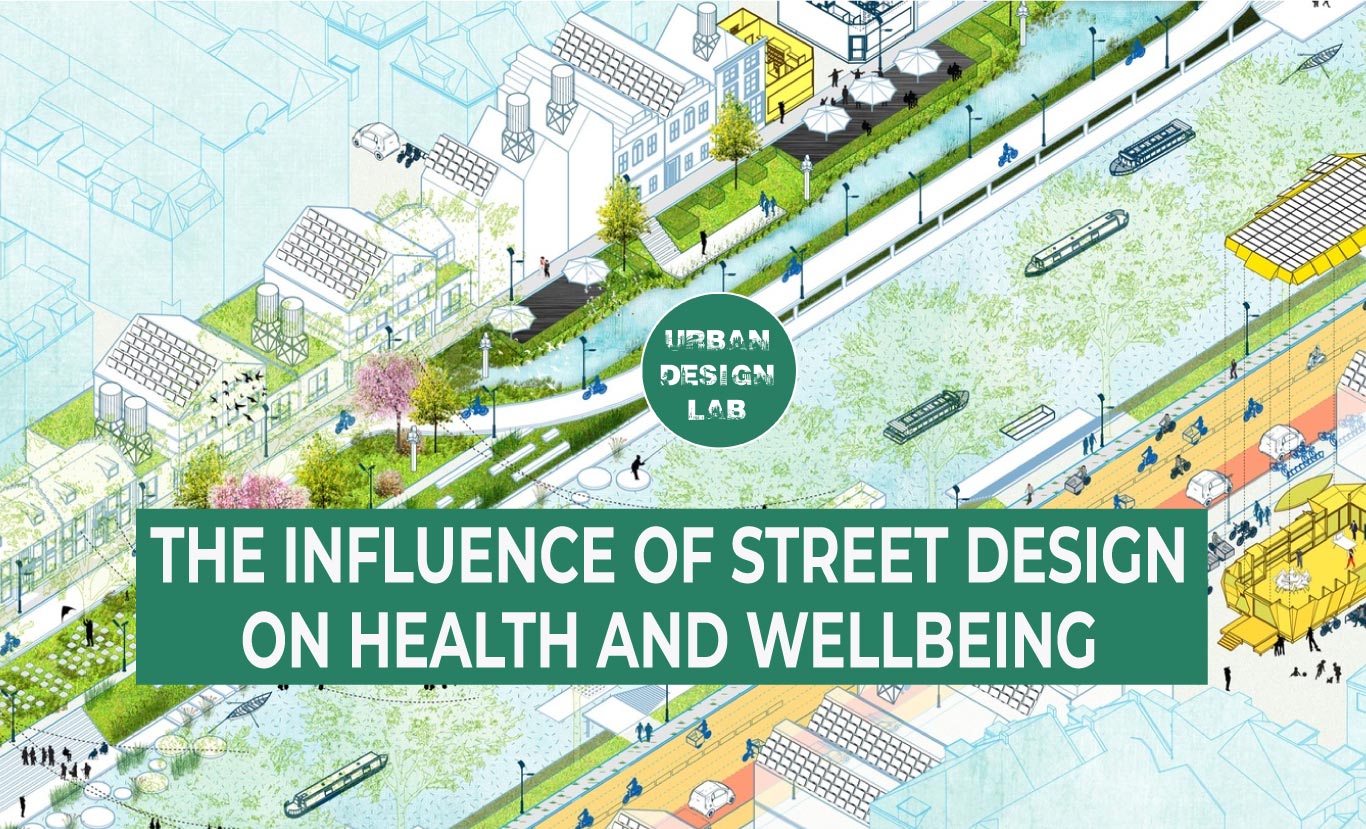
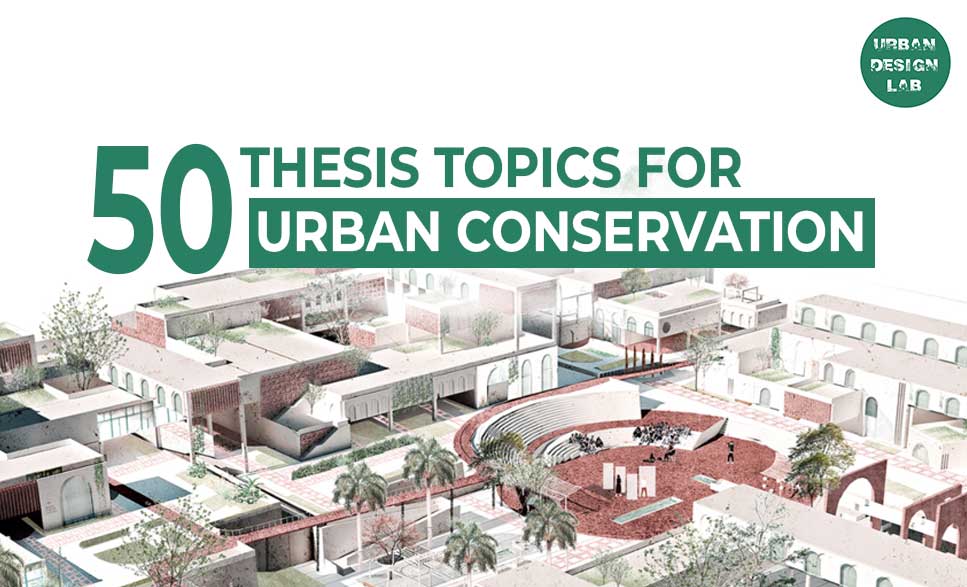
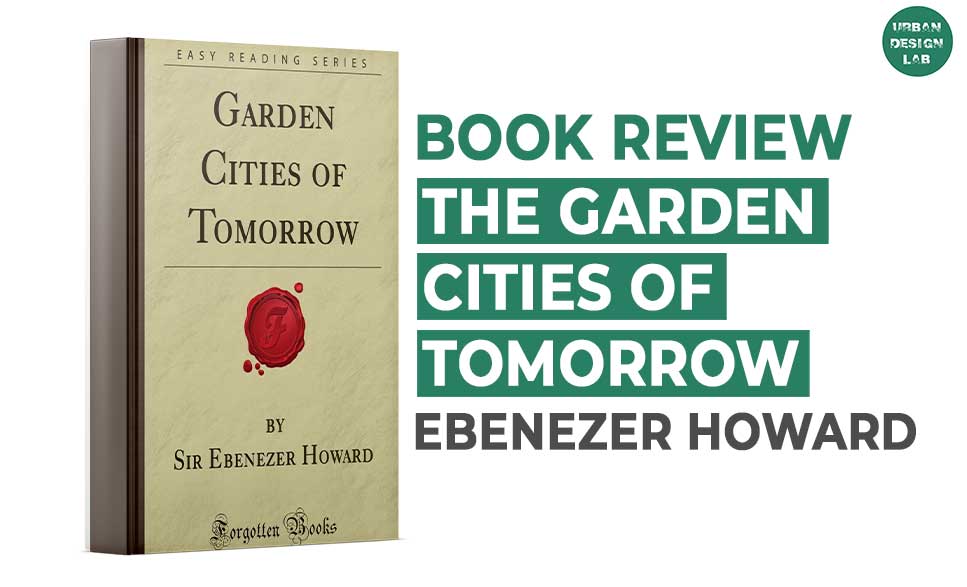
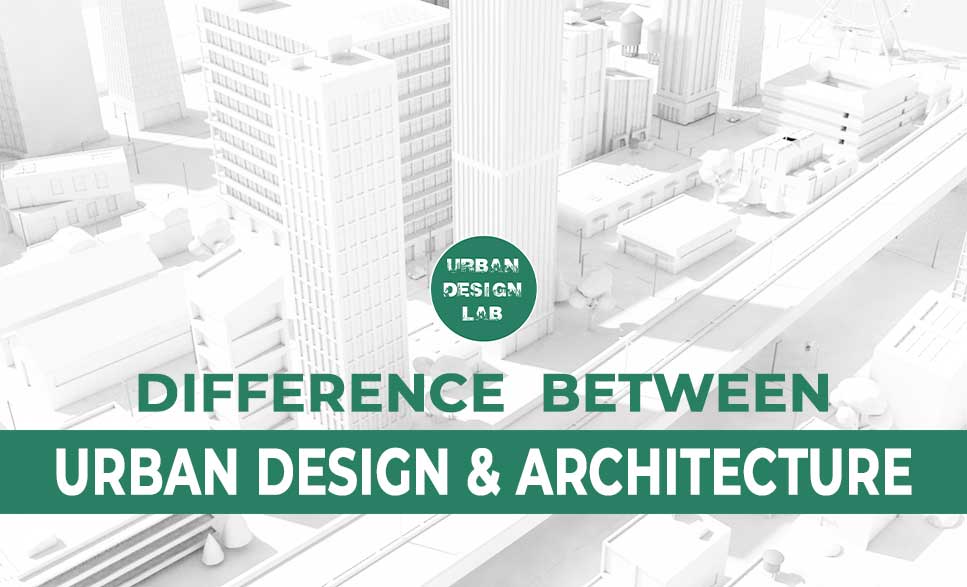
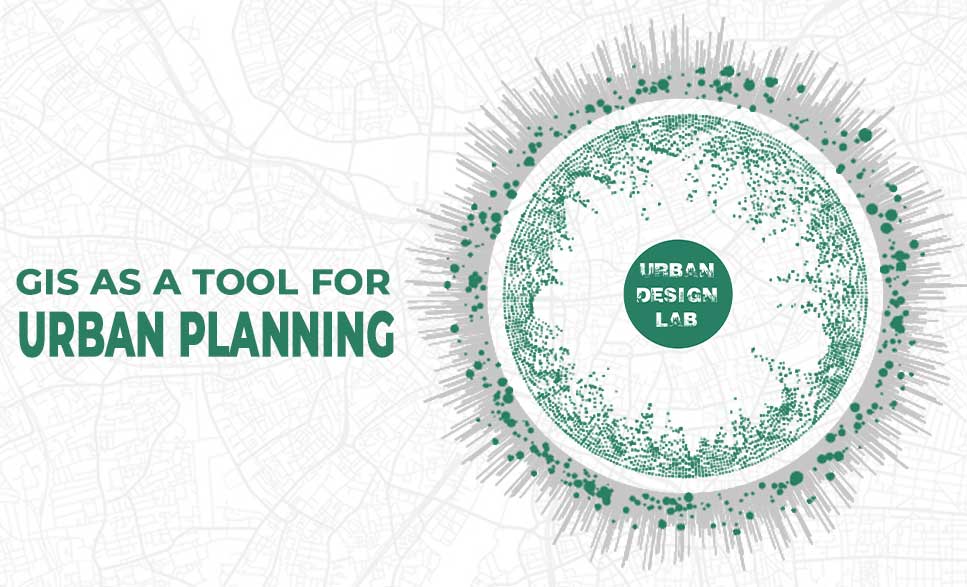
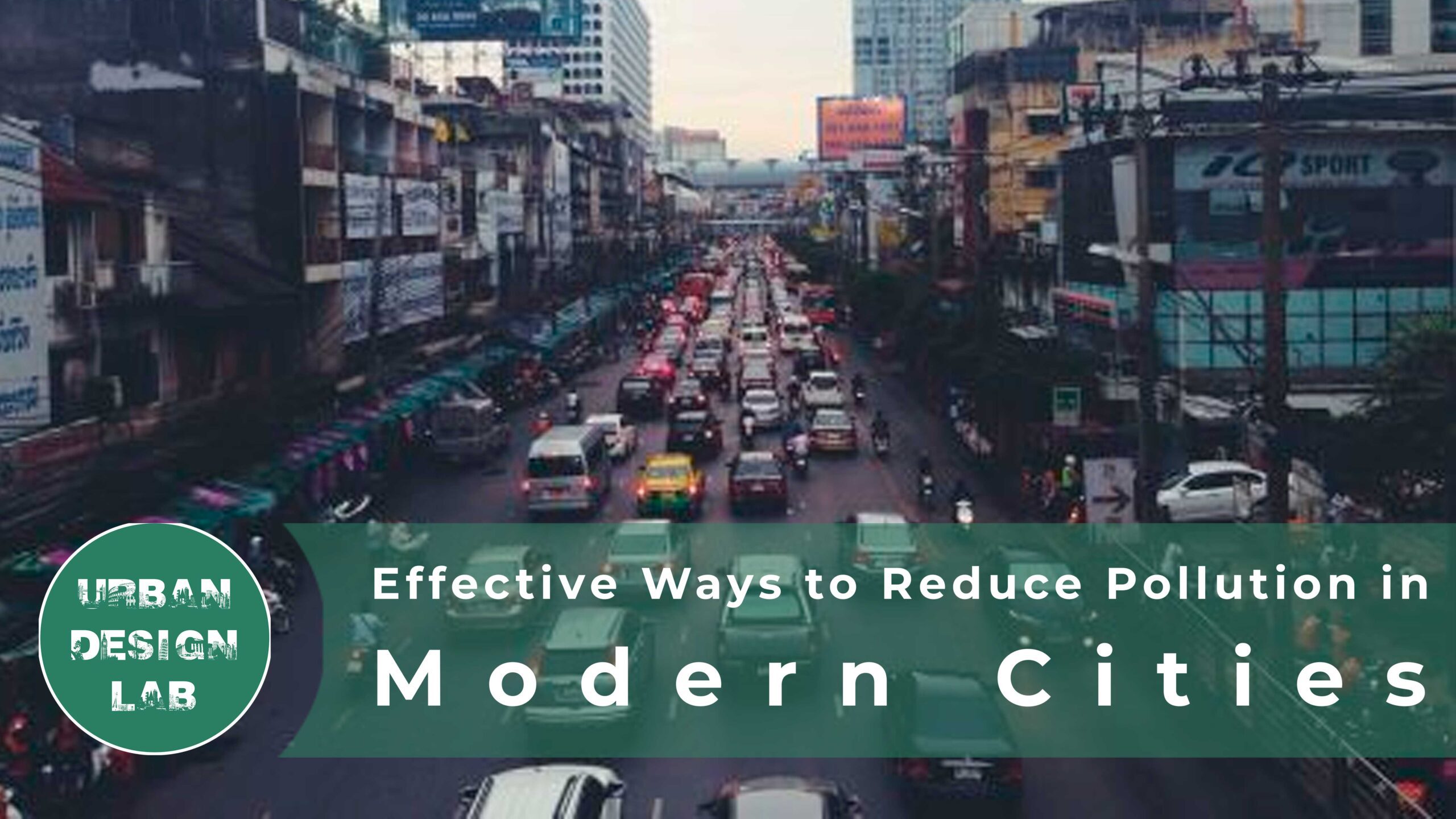
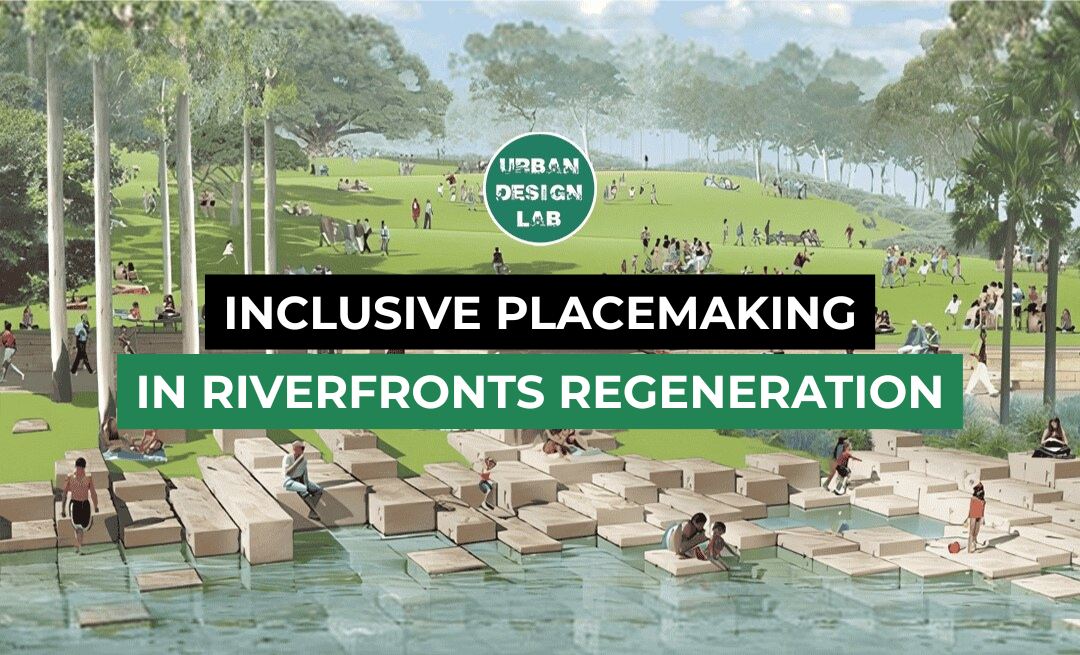


One Comment
Urban planning and design has been an ignored and insignificant discipline, compared with architecture, for which cities across the world are paying a steep price. So many cities have come up unplanned, or organically graduated from small towns to large cities, without much thinking. It is hight time, urban designing received greater advocacy and resource allocation in academic institutions, with mandatory spaces created for them at every level of city planning at all levels of urban governance.